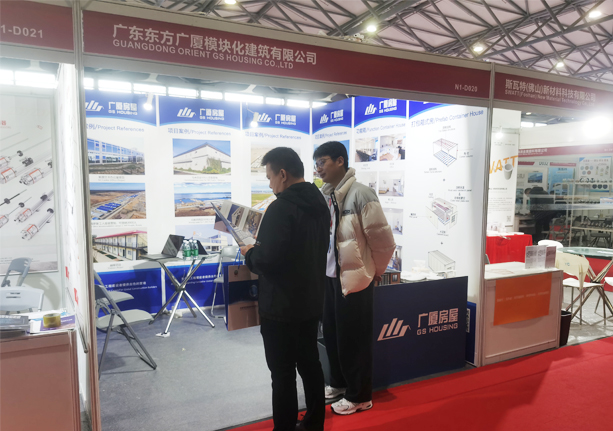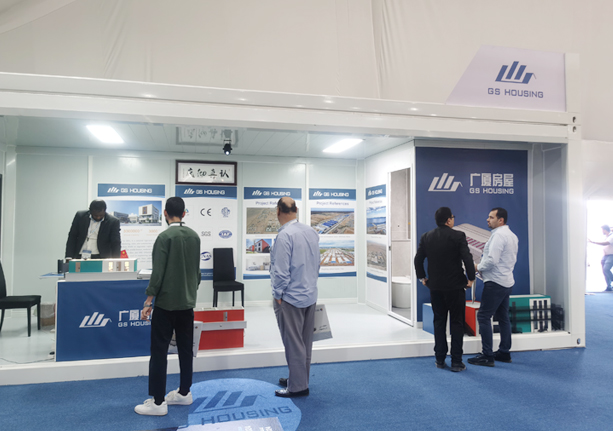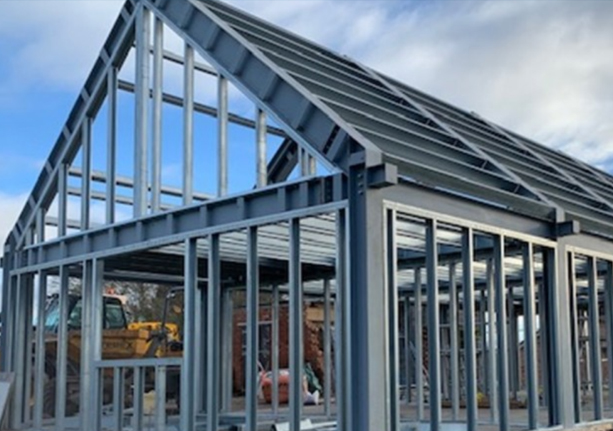Company news
GS HOUSING Show at the Metal World Expo (Shanghai International Mining Exhibition) —— Explore new accommodation and office solutions in the mining industry
SUSTAINABILITY AND LSF
SUSTAINABILITY AND LSF
2024-10-28 16:25:27
Steel construction provides the most sustainable and economic buildings, representing the most efficient use of resources. This longevity combined with the inherent value of an asset that can be recycled or reused at end of life means that steel is not a cost, it is an investment.
Light steel sections are protected from corrosion by continuous hot-dip zinc coating, and the natural properties of steel prevents it from shrinking, warping or changing shape.
Galvanised steel does not suffer from fungal or biological deterioration and is not susceptible to insect infestation.
Steel as a material is sustainable for a number of reasons:
1. Reduced Resource
The development of higher strength steels means that LSF structures are built using less steel. Less steel lowers upfront carbon, not just from the material itself, but also reductions in the transport weight, construction and foundation weight.
2. Durable and Long Lasting
Building with a material such as LSF that requires little or zero maintenance, and can meet design life requirements within three figures, meaning the utilisation of the resource is maxmised.
3. Well Suited to the Circular Economy
The durability and adaptability of steel enables:
• Modification and adaptation of existing buildings
• Reuse of steel at the end of its initial use
• Deconstruction and ‘remanufacturing’ of the steel for another purpose
• Steel that is not reused in construction can be repurposed to form another steel product
4. Minimal Waste
Many of the by-products of the steel manufacturing process can be utilised in other processes or industries, significantly reducing wastage.
Useful Documents:
The Steel Construction – Carbon Credentials supplement produced by Steel for Life and the BCSA.
SCI Technical Information Sheet ED020
Related Content
-

-

-
 Industry newsSUSTAINABILITY AND LSF
Industry newsSUSTAINABILITY AND LSF



